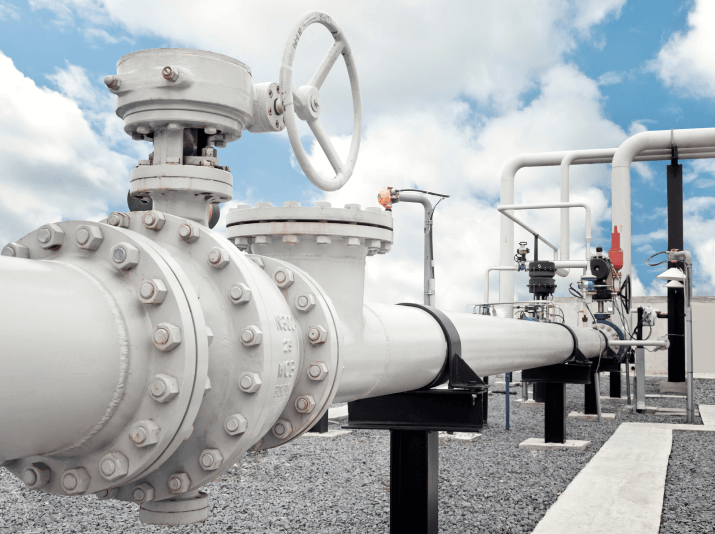INTRODUCTION
An ultrasonic meter falls into the classification of inferential meters. Unlike positive displacement meters that capture volume to totalize volume, inferential meters measure flowing gas velocity to totalize volume. Orifice meters use pressure drop to measure velocity to infer volume and turbine meters use the speed of the rotor to measure velocity to infer volume, while ultrasonic meters use sound waves to measure flowing gas velocity to infer volume. Ultrasonic meters have been around for many years in primarily liquid measurement. However, their application in the measurement of natural gas is relatively new, and has become more commercialized over the last decade. A significant contributor to the commercialization of ultrasonic meters in gas is affordable, highly accurate timing devices, that are being mass produced for computers and digital devices. Since changes in the speed of sound are much less in gas than in liquids, measurement of these timing changes needs to be measured to greater precision.
February 15, 2014
- AUTHOR: Paul Honchar
- February 15, 2014




